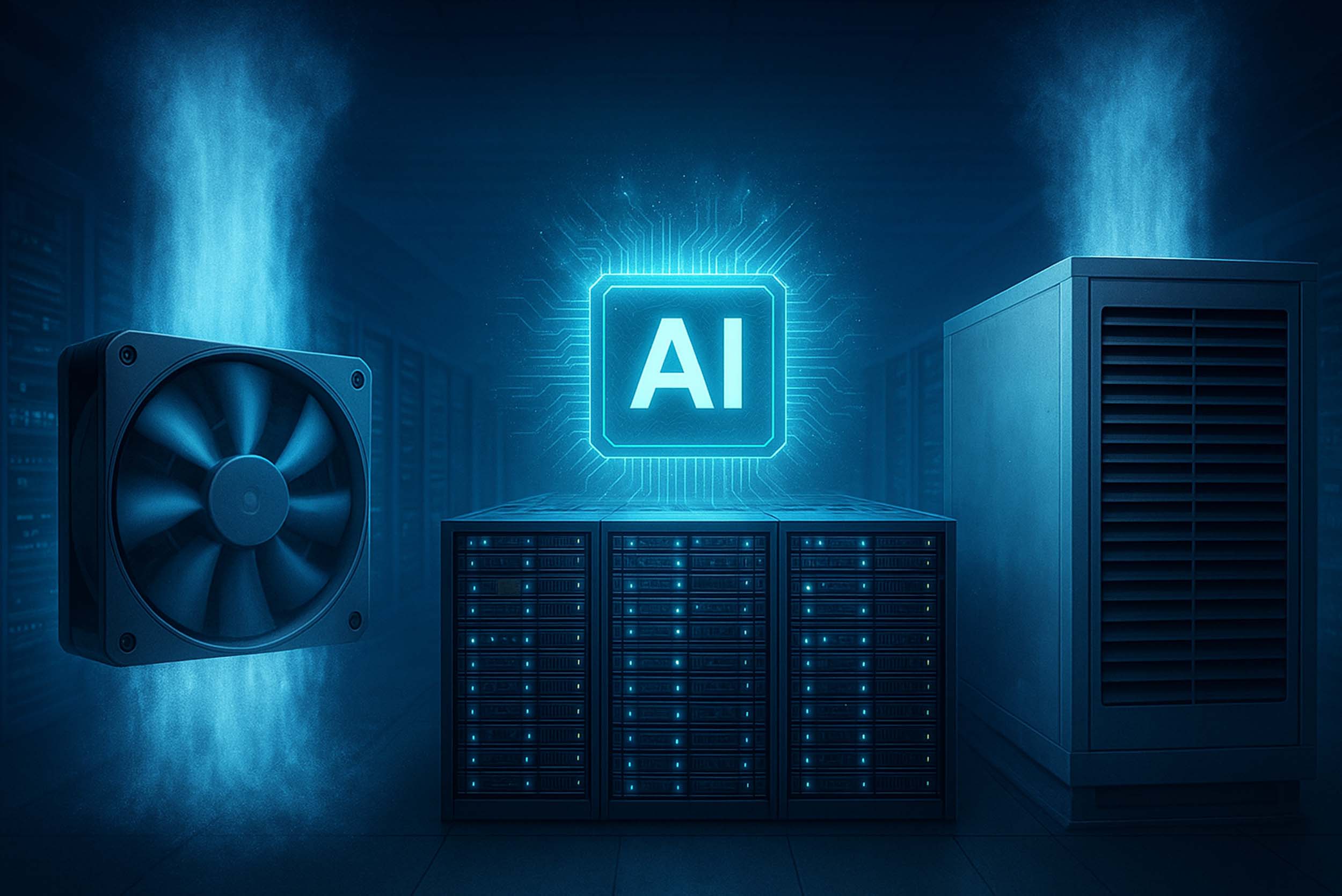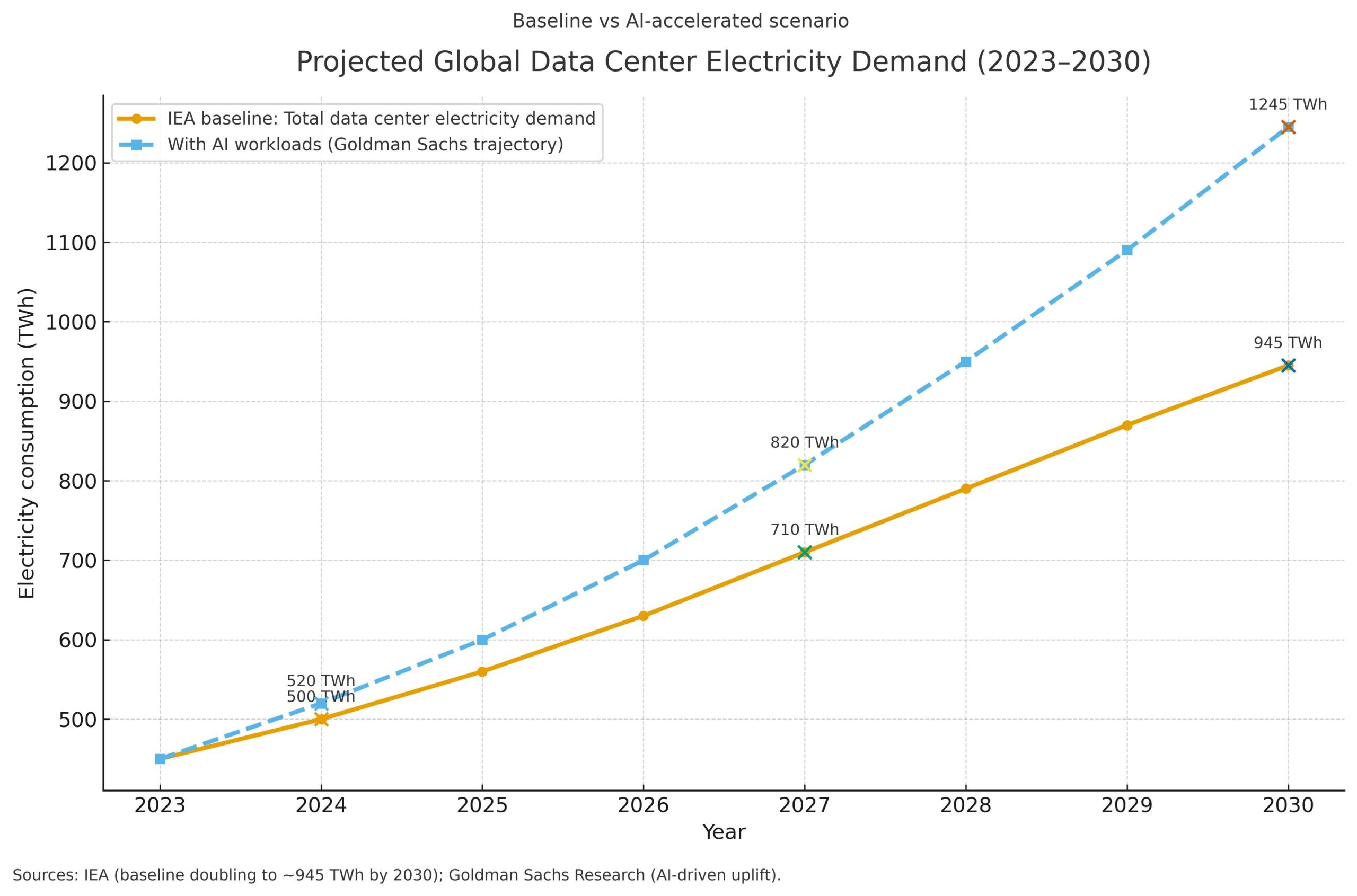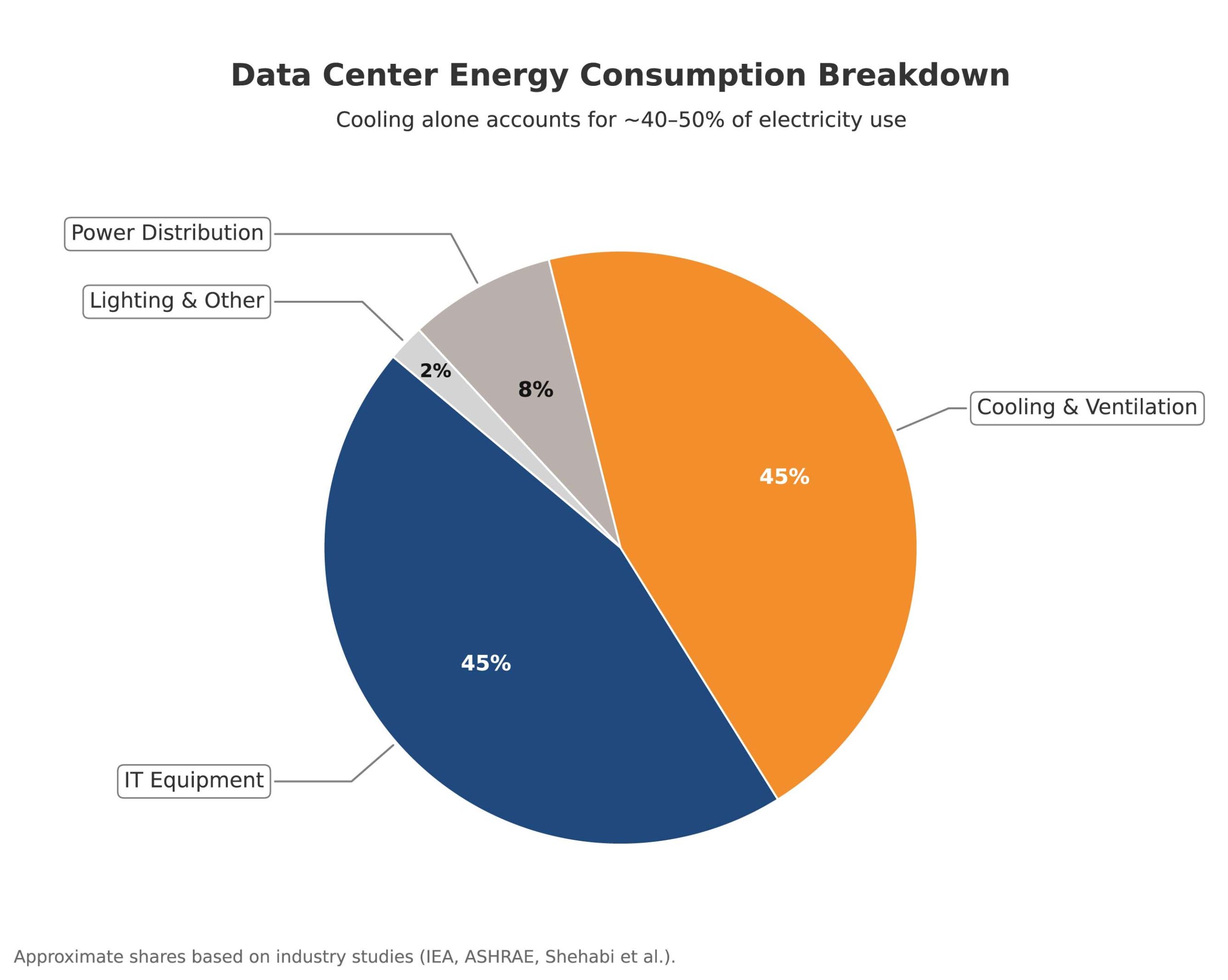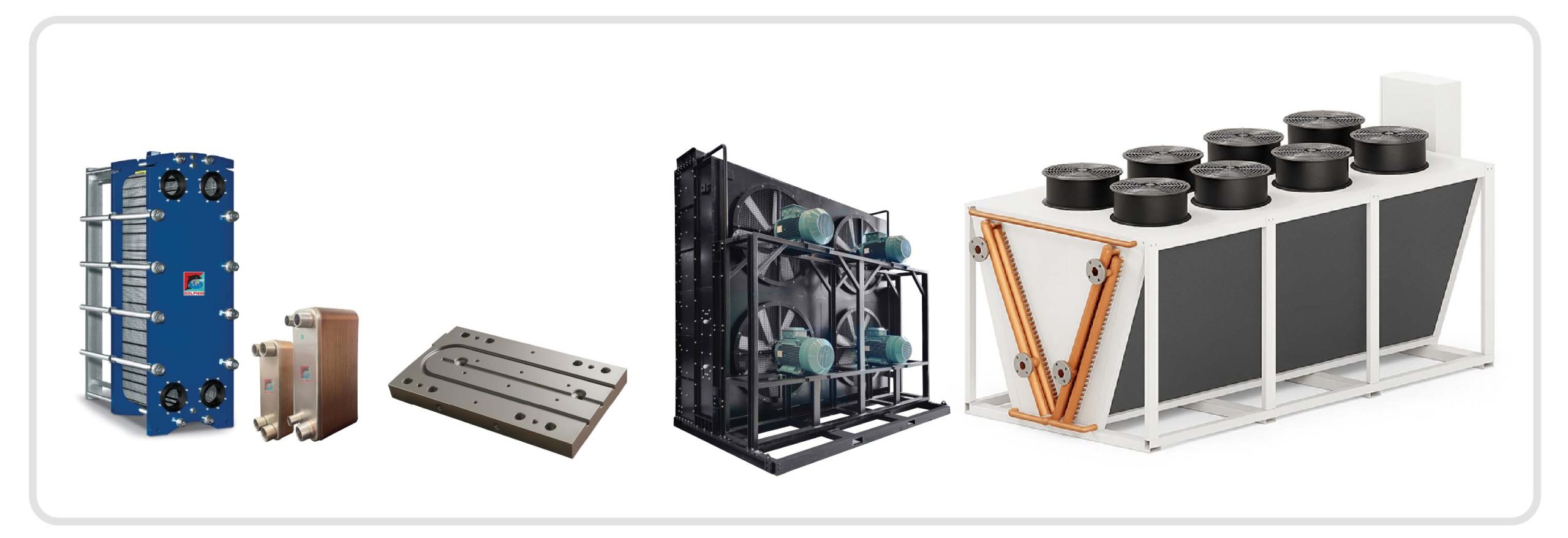
Precision Cooling & HVAC&R in AI-Powered Data Centers
The New Battleground: Cooling, Not Just Compute
The digital economy is scaling at an unprecedented pace, and AI is the engine behind this acceleration. But here’s the thing: compute power isn’t the only resource under strain. Cooling has emerged as the decisive battleground for data center resilience and sustainability. Without effective thermal management, even the most advanced AI workloads risk hitting a wall
The New Battleground: Cooling, Not Just Compute
In 2024, data centers consumed roughly 1.5% of global electricity. That may sound small until you realize it already rivals the consumption of entire countries. According to the International Energy Agency (IEA), this number will more than double by 2030, reaching around 945 TWh annually, a figure that exceeds Japan’s electricity usage today.
AI-driven facilities are the real accelerants here. Their electricity demand is projected to quadruple by 2030, while Goldman Sachs Research forecasts a 50% rise by 2027 and as much as 165% by 2030, all compared to 2023 levels. The message is clear: electricity is becoming the ultimate constraint.

Cooling: The Hidden Giant in Data Center Energy Use
It’s easy to fixate on server racks and GPUs, but in most facilities, 40–50% of electricity use goes into cooling and ventilation. That’s almost half the power bill spent simply to keep equipment alive.
This isn’t just a cost factor. Cooling determines uptime, protects data integrity, and extends infrastructure lifespan. With AI workloads pushing hardware to higher heat densities, precision cooling is no longer optional.
- Too dry? You risk electrostatic discharge.
- Too humid? You invite corrosion.
- Too hot? You’re gambling with outages and data loss.

Why AI Workloads Raise the Stakes
AI-intensive operations don’t run like traditional enterprise workloads. They concentrate massive compute power in fewer racks and sustain higher, continuous loads. The result: heat densities that overwhelm conventional HVAC strategies.
What this means is that thermal control must adapt with faster response times, tighter humidity windows, and scalable designs that grow with compute. Without it, AI centers risk becoming bottlenecked by heat instead of compute.

Dolphin’s Integrated Cooling Solutions
Meeting these challenges requires a holistic approach to thermal management. Dolphin Manufacturing LLC delivers a comprehensive portfolio engineered specifically for mission-critical environments:
- Dry Coolers – efficient, water-saving heat rejection.
- Plate Heat Exchangers (PHEX) – for loop isolation and improved approach temperatures.
- HVAC&R Systems – precise control of white-space temperature and humidity.
- Cold Plates – tailored for high-TDP AI components and liquid cooling.
- GenSet Cooling Systems – ensuring reliable backup under load.
This integrated suite isn’t about one-off fixes. It’s about creating modular, scalable cooling pathways that evolve with workload demands while improving Power Usage Effectiveness (PUE) and aligning with sustainability goals.

Building for Scalability and Sustainability
AI demand isn’t static, and neither should cooling be. Modular, scalable technologies allow operators to expand thermal capacity without redesigning their entire infrastructure. By aligning design with long-term sustainability objectives, operators can cut energy waste, optimize uptime, and future-proof against the inevitable growth in AI density.
As the world leans harder into AI, data centers are set to double their energy footprint within a decade. Cooling is no longer a support system, it’s a frontline strategy. By engineering precision, scalability, and sustainability into thermal design, Dolphin helps operators ensure that the future of AI is not only powerful but also reliable.
